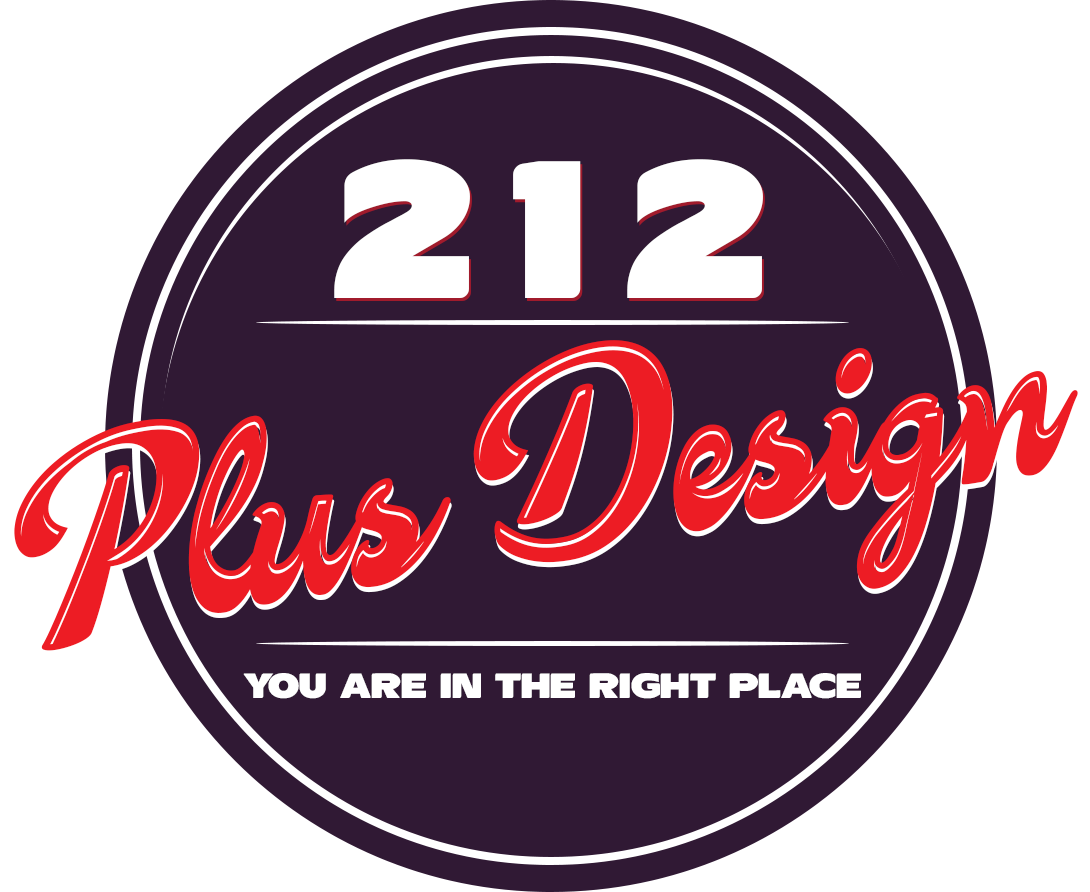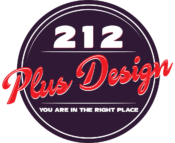A Quick Checklist For A Website That Converts
With so many web builders to choose from, creating a website is surprisingly easy. However, if you want to create one that converts, you need to be much more discerning. A website that converts is a lot harder than it seems, as people can be very picky with their internet browsing experience. Before you launch […]
A Quick Checklist For A Website That Converts Read More »






